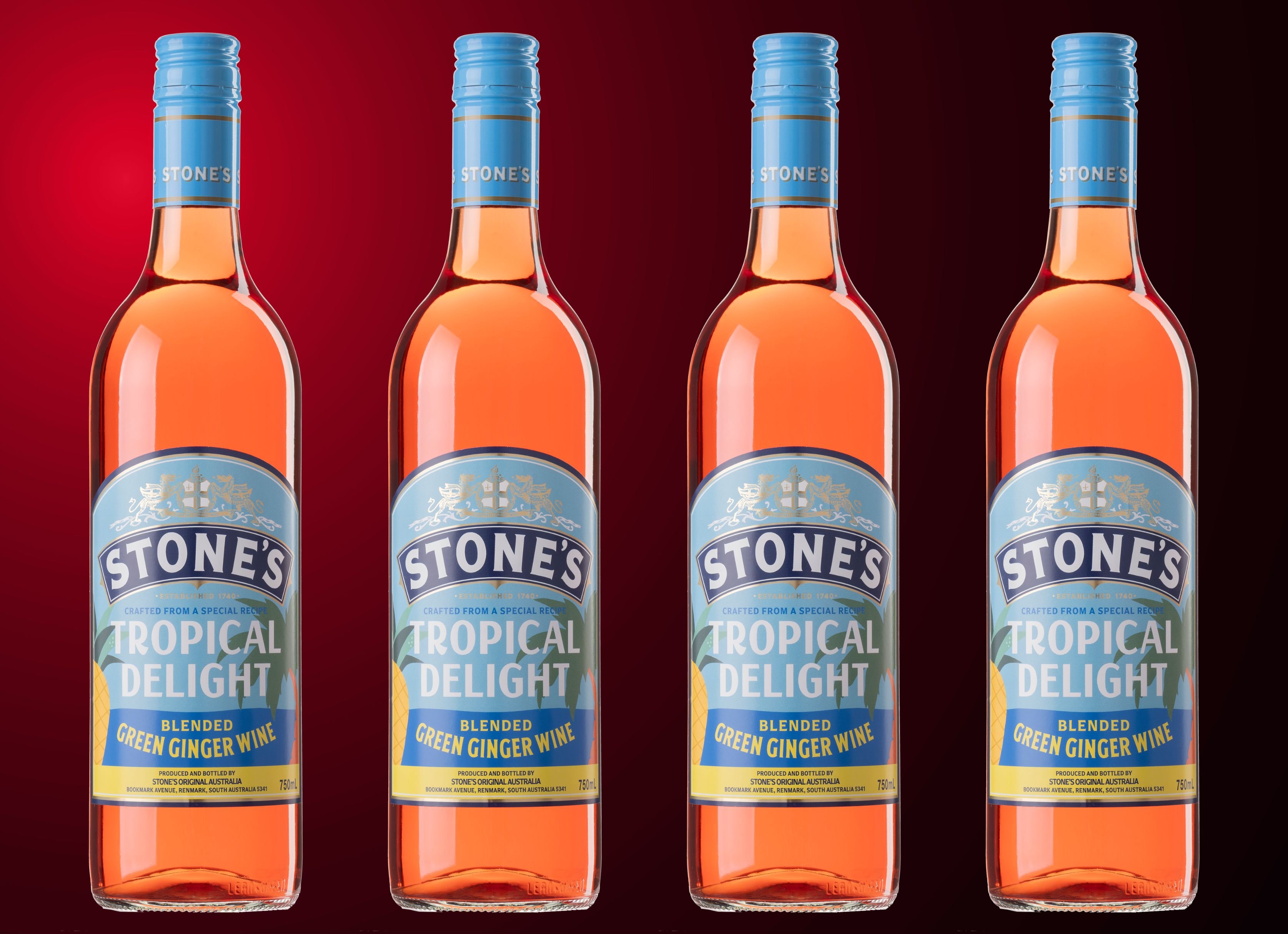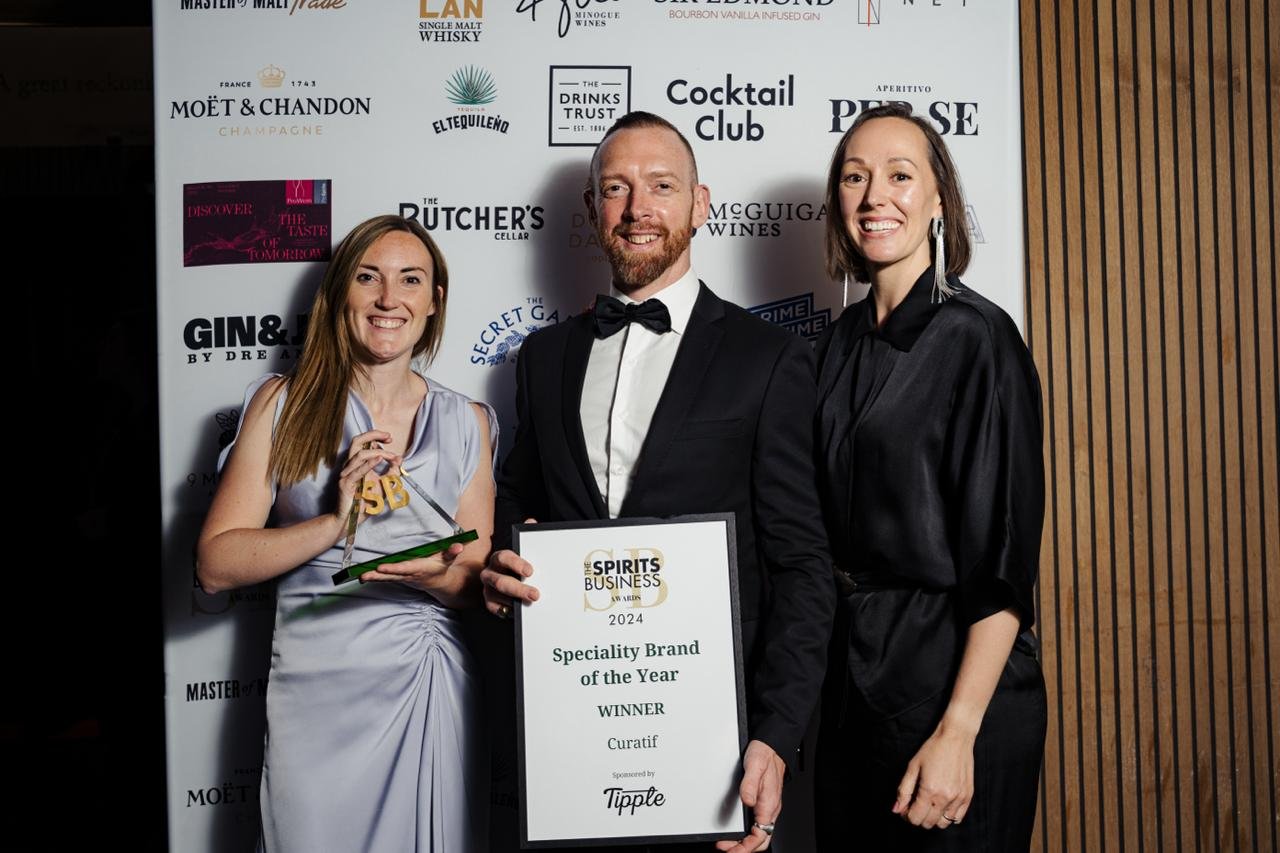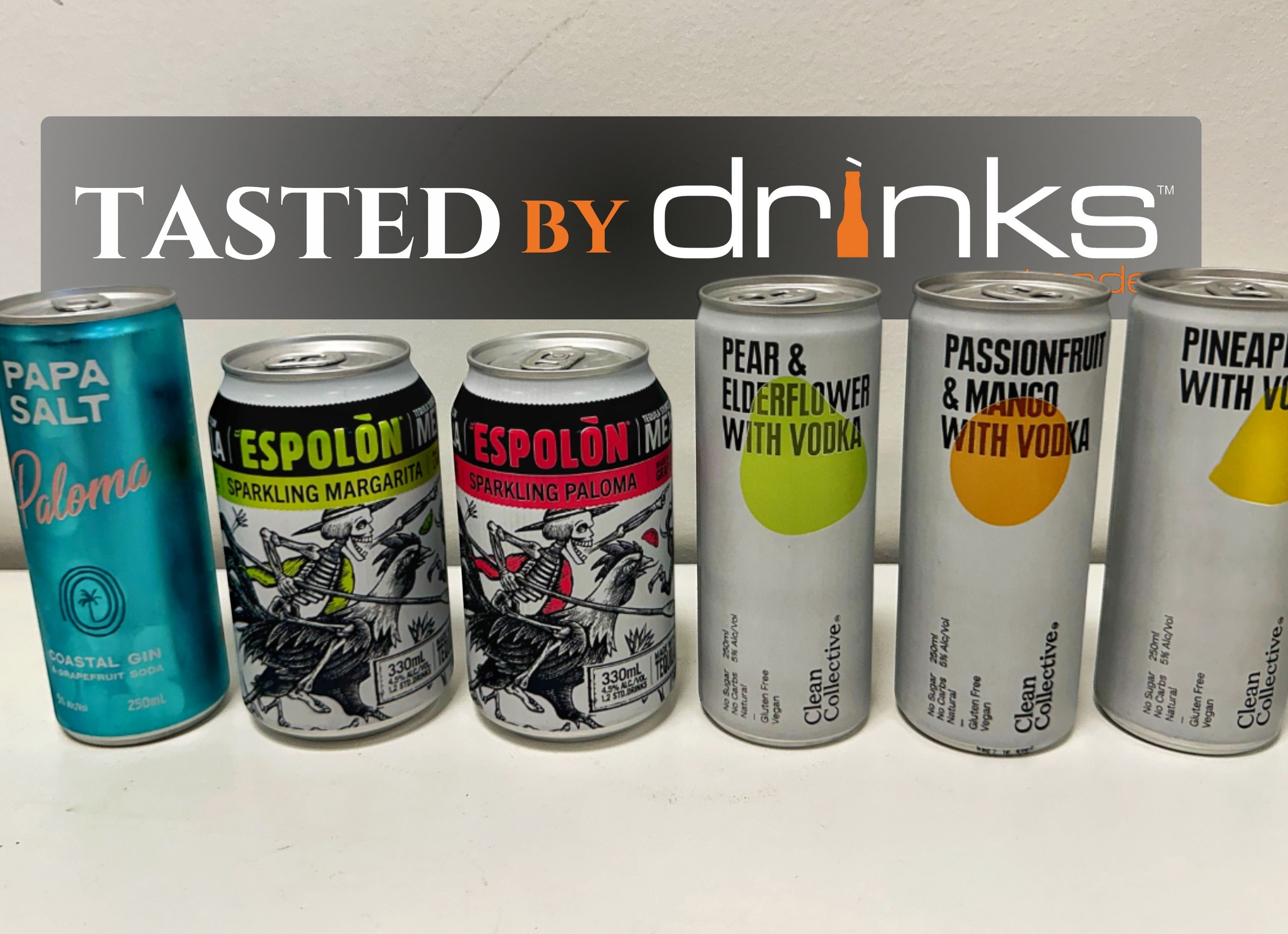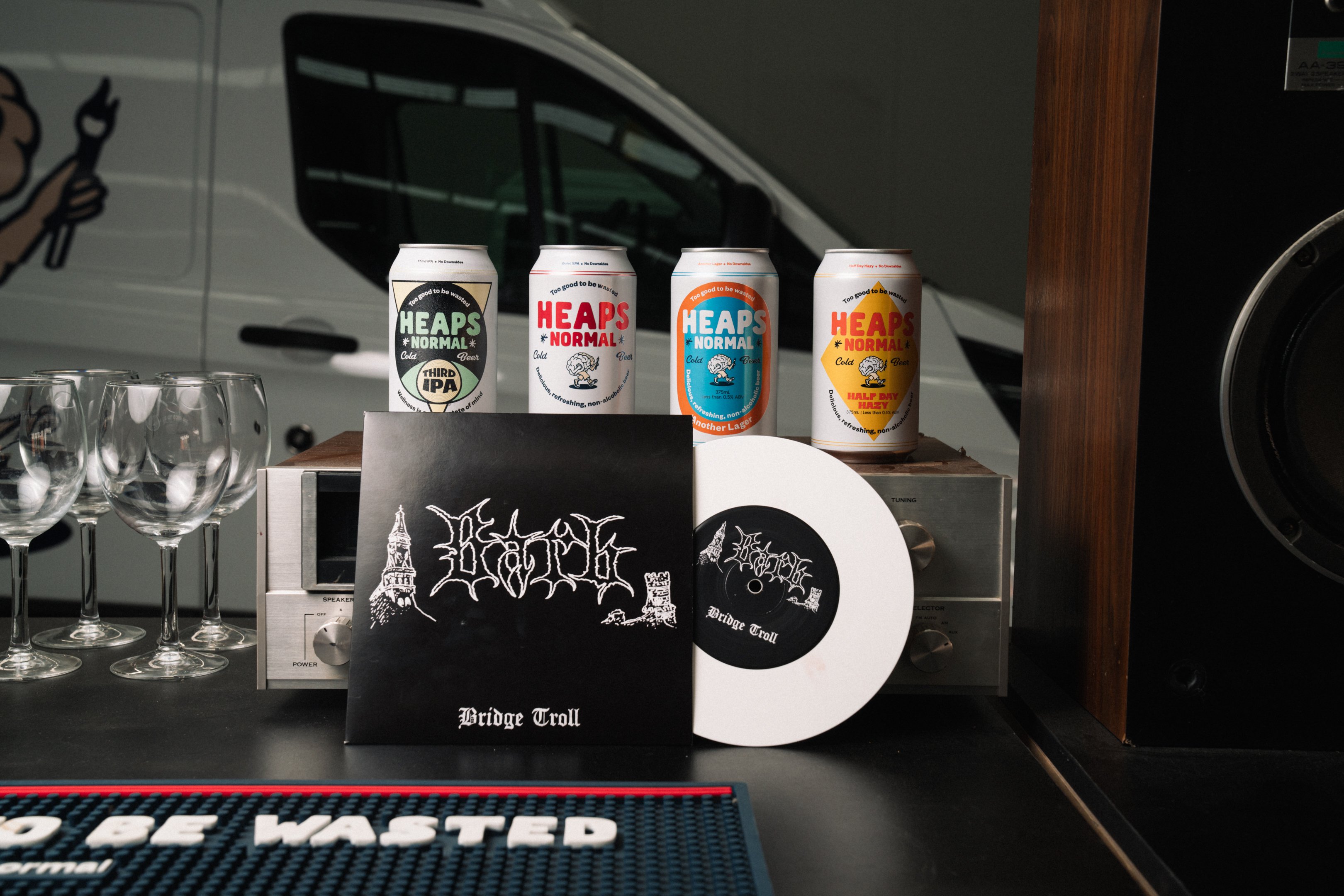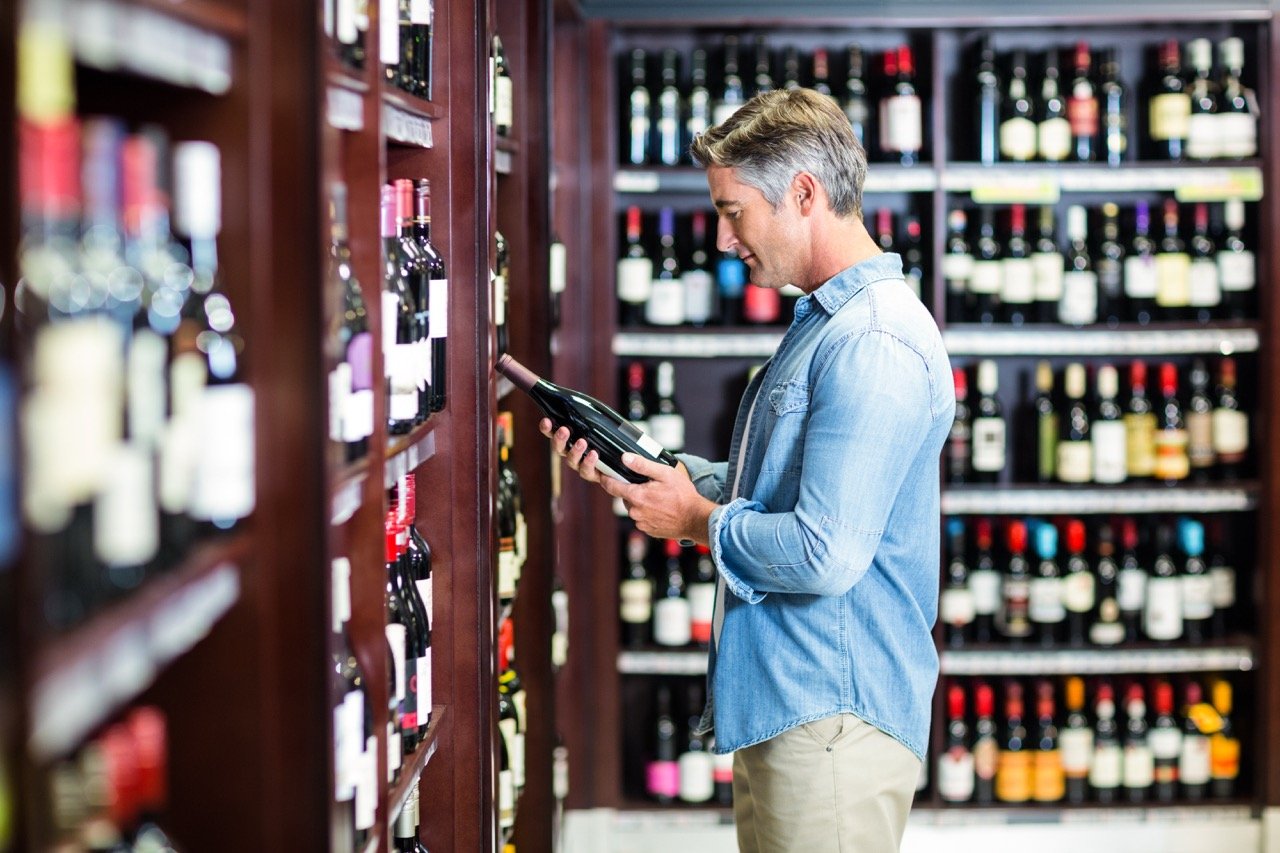CEO of Alcohol Beverages Australia, Andrew Wilsmore has challenged claims made in the latest report released by Foundation for Alcohol Research and Education (FARE) which suggests that an increase in retail sales led to a higher volume of alcohol sold and means that Australians are drinking more.
He said that the report from FARE failed to recognise that Australians were paying more for their drinks and hospitality was largely closed this past year.
The new report by FARE cites the Australian Bureau of Statistics (ABS) retail trade data, and found a $3.6 billion (29 per cent) increase in alcohol retail turnover in Australia between 2019 to 2021.
The ABS says that total alcohol retail sales for 2021 were $15.9 billion, while December was the highest month on record at $2.1 billion, exceeding alcohol retail turnover for 2020 by more than $300 million.
FARE CEO, Caterina Giorgi, said, “Far too many Australians are negatively impacted by family violence, mental illness, chronic health conditions, injury and death, and all are made worse because of alcohol.
“Since the beginning of the pandemic, there are indications more people are needing help because of alcohol harms. At the same time, alcohol companies have used the pandemic as a marketing opportunity."
Mr Wilsmore disagrees: “Australians didn’t drink more during the pandemic, they merely changed the sales channel with beers, wines and spirits being purchased at the bottle shop, rather than at pubs, clubs and restaurants.
"The closure or limits on hospitality, sport and family gatherings has significantly reduced occasion based drinking, and the reality is that as many as half a million jobs were lost and proud businesses have been forced to close."
“Packaged liquor sales are a value number, rather than a direct indicator of volume. Australians have modified their drinking habits during Covid and are choosing to spend a little more on a premium product, or are conscious of their wellbeing which has seen the sales of zero-alcohol products more than double.”
He says that these two trends do lead to higher value sales of alcohol, but do not necessarily equate to higher volumes of consumption.
Share the content


